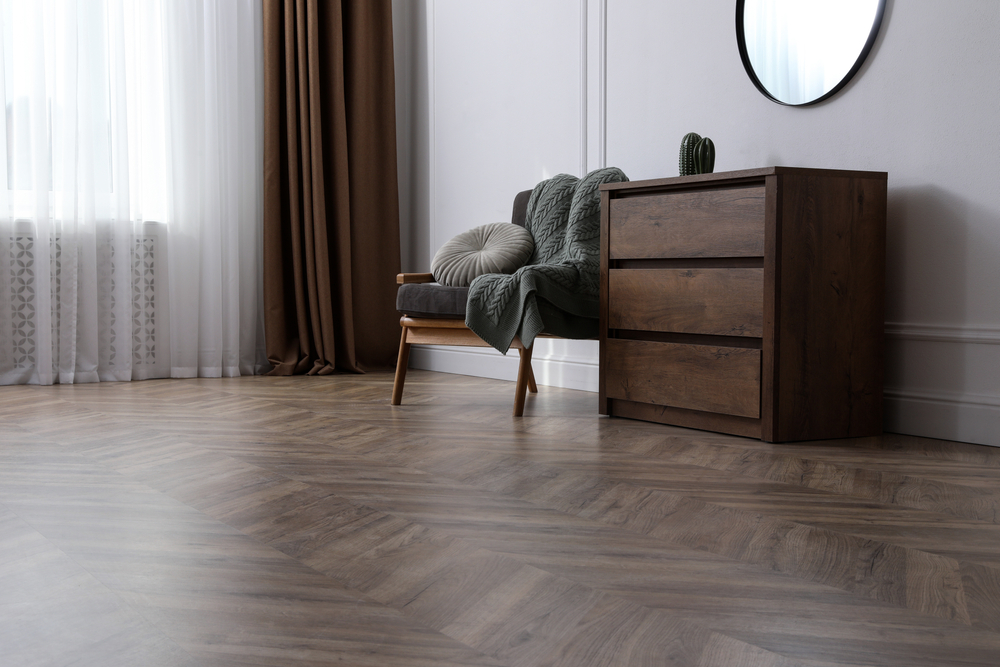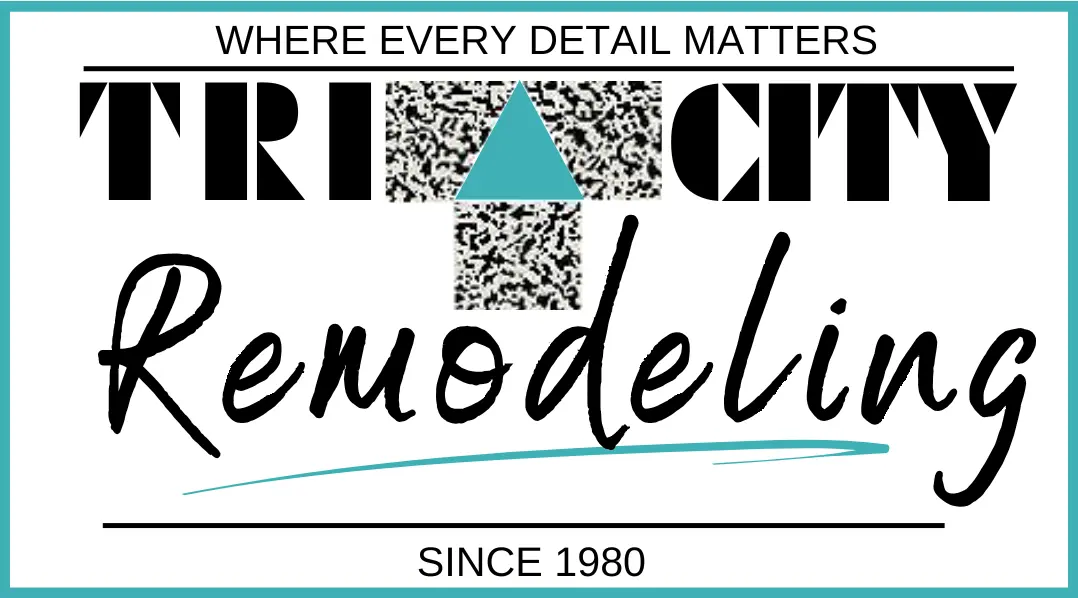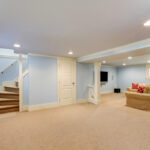
LVT vs. Laminate: What’s Better for Your Midland Home?
Choosing the right flooring for your home in Midland involves more than just picking a color or pattern. It’s about finding a durable, comfortable, and visually appealing surface that fits your lifestyle, budget, and the unique climate of the region. Two of the most popular flooring options for homeowners today are luxury vinyl tile (LVT) and laminate flooring. Both offer the look of natural materials like wood or stone at a fraction of the cost, but they have distinct differences that can make one better suited for your Midland home than the other. In this detailed vinyl flooring comparison, we’ll explore the pros and cons of each option to help you make the most informed decision.
What Are LVT and Laminate?
Luxury vinyl tile (LVT) is a type of vinyl flooring that mimics the appearance of hardwood, ceramic, or stone through high-resolution photographic layers and a clear wear layer for protection. It comes in tiles or planks and is made from multiple layers of plastic, including a core layer that can vary in construction (such as SPC or WPC) depending on the type and quality. LVT is often waterproof and known for its flexibility, resilience, and relatively soft underfoot feel.
Laminate flooring, on the other hand, is composed of a fiberboard core topped with a photographic image of wood or stone and a protective wear layer. Unlike LVT, laminate is not made from vinyl but instead features a wood-derived core, which makes it more rigid. Laminate is typically more affordable than hardwood but can be susceptible to moisture damage if not properly sealed or maintained.
In essence, both LVT and laminate aim to deliver the aesthetic of more expensive materials without the maintenance challenges. However, their construction differences lead to variations in performance, feel, and suitability for different environments.
Durability and Moisture Resistance in Midland’s Climate
Midland’s climate—marked by dry heat in the summer and occasional cold snaps in winter—plays a major role in determining the best type of flooring for your home. Moisture and temperature fluctuations can affect some materials more than others, and that’s where LVT often stands out.
LVT is inherently water-resistant, and in many cases, completely waterproof. This makes it a strong choice for areas like kitchens, bathrooms, laundry rooms, and entryways, where spills or damp conditions may occur. It also resists expanding or contracting due to temperature changes, which is a valuable trait in a place like Midland where homes may see both air-conditioned summers and heater-blasted winters.
Laminate flooring, while highly durable and resistant to scratches and wear, is not fully waterproof. Some higher-end laminates offer water resistance for limited timeframes, but exposure to standing water or high humidity can cause the fiberboard core to swell and degrade. This makes laminate a better fit for dry areas of the home like bedrooms or living rooms unless specifically rated for moisture.
If your priority is a worry-free surface that can handle Midland’s varying indoor conditions and the potential for spills or pet accidents, LVT generally has the upper hand in this category.
Installation, Comfort, and Maintenance
Ease of installation is a major factor for homeowners looking to tackle a DIY project or reduce labor costs. Both LVT and laminate are designed for relatively straightforward installations, especially the click-lock varieties.
Laminate typically requires an underlayment to act as a moisture barrier and provide some cushioning. Its rigid planks install well over a flat subfloor and can be floated without glue or nails. However, trimming and fitting laminate around uneven areas may be more challenging due to its stiffness.
LVT, being more flexible, can contour more easily to minor subfloor imperfections. Many LVT products come with attached underlayment, reducing the need for separate materials. Additionally, the waterproof nature of LVT means fewer concerns when installing in potentially damp areas without additional sealing steps.
In terms of comfort, laminate usually feels firmer underfoot due to its rigid structure, while LVT tends to have a softer, warmer feel, especially when equipped with padded backing. If you’re on your feet for long periods in the kitchen or want something a bit gentler under kids’ feet or pets’ paws, LVT may offer greater comfort.
Maintenance is another key consideration. Both LVT and laminate are low-maintenance, requiring only regular sweeping and occasional mopping. However, laminate can be more sensitive to wet mops or steam cleaners, which can damage the core. LVT, being waterproof, allows more cleaning flexibility and less worry about potential water damage from accidental spills or pet messes.
Aesthetic Options and Realism
When it comes to looks, both LVT and laminate have come a long way from their early days. Today’s products offer incredibly realistic wood and stone visuals, aided by high-definition printing and texture embossing that mimics real materials.
Laminate is often praised for its photographic clarity and deeper embossing, making it one of the most convincing alternatives to hardwood. High-quality laminates can replicate everything from oak and maple to distressed barnwood and exotic species, with textures that follow the grain patterns precisely.
LVT also offers a wide array of looks, including not just wood but also ceramic and slate-like finishes. Thanks to technological advancements, LVT visuals have become more refined, with beveled edges and registered embossing that mirrors real surface textures. Additionally, because LVT is available in tile formats as well as planks, it provides more flexibility for mimicking ceramic and stone installations.
Color and pattern selection are vast in both categories, so finding a match for your Midland home’s style—whether rustic, contemporary, or classic—is relatively easy. If your design goals focus on achieving maximum realism and depth of texture, laminate might have a slight edge. But if you value variety in shape and installation patterns, LVT can deliver a broader canvas for creativity.
Cost, Lifespan, and Long-Term Value
Budget is always an important factor in a flooring decision, and both LVT and laminate offer affordable alternatives to hardwood or tile. That said, their pricing can vary widely depending on quality, brand, and specific features like waterproofing or attached underlayment.
Laminate flooring is typically less expensive upfront, especially at the entry level. It offers a strong return for homeowners wanting a wood-look floor without the cost of engineered or solid hardwood. However, because it’s not waterproof, its lifespan can be limited if used in high-moisture environments.
LVT, while sometimes slightly more expensive than comparable laminate, often offers better long-term value thanks to its durability and water resistance. In high-traffic areas or homes with pets and kids, LVT may resist wear, scratches, and stains better over time. Its longer-lasting performance can reduce replacement or repair costs down the line.
In terms of resale value, both flooring types are well-accepted and appreciated by buyers looking for modern, easy-care homes. However, LVT’s water resistance and growing popularity in both residential and commercial markets may give it a slight edge in perception, particularly among homebuyers looking for turn-key features.
In Midland, where homes often deal with dust, dry air, and occasional storms, LVT’s durability and resilience can offer peace of mind that makes it worth the extra investment for many families.
Conclusion
The choice between LVT vs laminate for your Midland home comes down to your specific needs, lifestyle, and budget. If you prioritize moisture resistance, comfort, and long-term durability, LVT is likely the better choice. Its waterproof nature and softer feel make it ideal for active households and areas prone to spills or dampness. On the other hand, if cost is a major factor and you’re looking for ultra-realistic wood visuals in dry areas of your home, laminate remains a solid contender.
Both options have their strengths, and thanks to continuous innovation in flooring technology, neither feels like a compromise. Whether you’re remodeling your kitchen, upgrading your living room, or building new in Midland, understanding this vinyl flooring comparison gives you the power to make a confident and stylish decision that fits your space—and your life.
Need a Remodeling Company in Midland, MI?
Welcome to Tri City Remodeling! We here at Tri City Remodeling are a family owned and operated remodeler that is ready to help you build the home of your dreams! We are committed to our service and our team only consists of dedicated craftsmen with decades of experience. From interior remodeling in bathrooms or kitchens to decks and siding remodeling, we can do it all! Moreover, we are proud recipients of the Top 500 Remodeler’s Award as well as members of the Home Builders Association. Call us today to start your project!
More...
Categorised in: Flooring Installation
This post was written by admin





